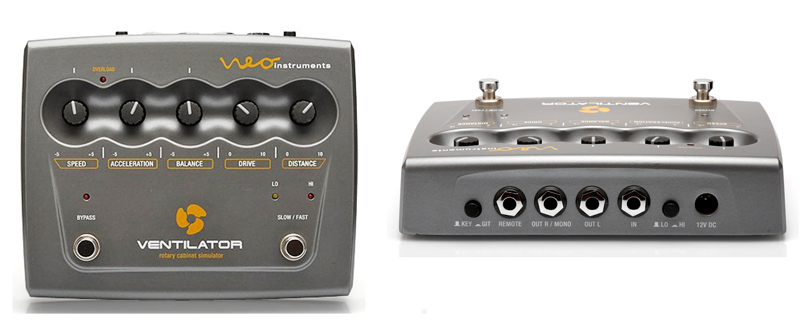I don’t typically write about products, mostly because I’m more interested in the human element in sound reinforcement.
To me, gear is the lesser part of the equation. Seventy percent of great sound is your contribution; the accumulated skill and experience of the show’s engineers and crew. Manufacturers create great tools for our industry, but I’m convinced that talented, experienced personnel using average gear will deliver consistently better results than average crews using the finest equipment available.
However, I do appreciate new gear when it makes the daily lives of engineers easier. Recently I was in Boston to review a performance of the Rolling Stones 50 and Counting tour, as the guest of Dave Natale, who has mixed the band since 1994 (Read about it here).
The evening before the show, Natale mentioned the Stones had been using a new device that simulates the sound of a rotating Leslie speaker on the Hammond B3 organ, and he stressed that it solved many problems and made the crew’s day easier.
Rising & Falling
Technically speaking, the Leslie speaker is not a reinforcing or amplifying device, it’s a sound enhancement device that uses Doppler shift to apply frequency modulation to the audio program coming from the instrument. This modulation adds a depth to the sound that, depending on the rotation speed of the horns, sounds floaty and dreamy when set at low speed or offers a rich bubbly vibrato at high speed.
The change of pitch occurs as the horn spins towards and then rotates quickly away from the listener. Physically it’s the same effect as the whistle on an approaching train, which rises in pitch as it nears and falls as it passes.
Most Leslie models feature a woofer that loads face down into a rotating drum, and a high frequency phenolic diaphragm compression driver mounted face up coupled to a rotating horn. Speed-switchable, belt-driven motors provide the rotation.
Although they share similar driver configurations, the balanced-in model 122 was typically paired with the B3, while the unbalanced model 147 was used by legions of guitarists in the 1960s and 70s to add depth and space to their signature sound.
As many of you likely well know, a Leslie presents challenges. For one, miking it can be a hassle, usually done with three mics on a pair of panned high channels and one low channel. In highly ambient environments, one often has to place the Leslie in an isolated spot offstage to control leakage.
Also, the belt-driven mechanics make noise, and the “wuh wuh” caused by rotating horns cutting through the air is particularly prominent if the speaker is tightly miked. There is a great variance of frequency response from cabinet to cabinet. Finally, most Leslies were made in the 1950s and 60s, and after decades of road use they often break down at inopportune moments.
Doppler effect is remarkably difficult to simulate. Many companies have attempted to provide an adequate Leslie substitute with varying degrees of believability. Clearly though, if someone successfully modeled that belt-driven Doppler-shifting tube-smacking dreamy Leslie sound in a stomp box, it would solve a lot of problems. Crews could be spared carrying, repairing, miking, and isolating an organ speaker whose technology hails from 60 years ago. It would make the lives of sound and backline crews much easier.
















